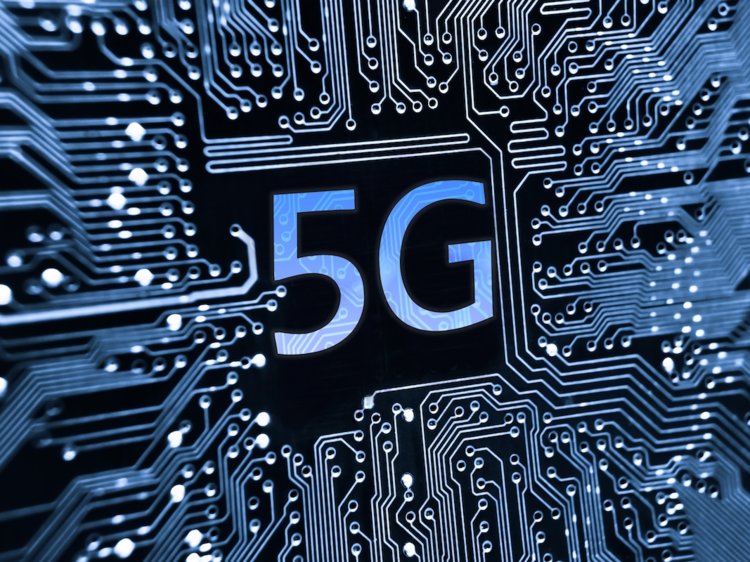In the tech world, there are usually buzzwords (and buzz-phrases) that are often used to simply describe new technological innovations and trends. Some (like 4K, 8K etc) are often simple and easier to grasp and differentiate while some could get relatively confusing as they are used across multiple categories. A good example is the term “5G”. I’ll explain.
While 5G can be used to describe a generation of mobile data standard, it is also used to describe a type/spectrum of WiFi frequency. However, depending on context, the definition and properties are entirely different. Most people, however, do not know this because whenever ‘5G’ is mentioned, they –wrongly– assume it to mean the same thing across mobile and Wi-Fi networks.
5G (as a mobile network standard)
5G is the next (read: 5th) generation of mobile network technology, the successor to current 4G LTE. It is the next mobile data standard with a projected theoretical data transmission speed of up to 20 Gbps. 5G mobile network is, however, expected to support a minimum speed of 100Mbps and a maximum real-life speed of 10Gbps. Also, it is expected to possess lower latency when compared to its predecessor, 4G LTE.
Per mobile network, 5G is still in its infancy. Much more will, however, be heard about the network in the coming months as many mobile networks and Original Equipment Manufacturers (OEMs) are speedily gearing up to put out 5G-ready smartphones, hardware, and other 5G infrastructures in place ahead of 2019.
The future of 5G mobile network is interesting, but it really has nothing to do with (5G) Wi-Fi.
5G (as a Wi-Fi Spectrum)
“5G Wi-Fi” is one of the two WiFi frequencies in existence. Officially referred to as 5GHz Wi-Fi, it is the newer spectrum of WiFi radio bands and is only nicknamed “5G WiFi” because it’s easier to pronounce (I guess).
5GHz Wi-Fi first became popular about a decade ago alongside modern WiFi standard like the 802.11n. Compared to the older (but still in-vogue) 2.4GHz frequency band with a maximum transfer speed of 600Mbps, 5G Wi-Fi boasts of faster speed of up to 1Gbps and also supports modern Wi-Fi standards like the Wi-Fi 6 and Wi-Fi 802.11ac. To add, 5GHz band is also less prone to interference and congestion by neighboring devices (routers, appliances, phones etc.) as it sports non-overlapping channels.
Related post: 2.4 GHz or 5 GHz: Which Wi-Fi band should you use?
However, despite the advantages, routers with 5GHz modem have their downsides. First, they are generally more expensive. Also, they cover a shorter range and perform poorly when it comes to penetrating objects and walls like 2.4GHz modems. Network on a 5GHz band will perform poorly when used in spaces or building with many walls, especially when the obstacles are between the user and the antenna.
5G Mobile vs 5GHz (Wi-Fi) Band
One describes a technology and the other is a frequency spectrum.
The former refers to the fifth-generation of mobile network technology while the latter is used to describe a Wi-Fi router radio band or frequency spectrum. Although the terms ‘5G’ and ‘5G Wi-Fi’ are used to interchangeably describe a type of Wi-Fi frequency, it is only colloquial, not correct.
Next time you hear someone talk about 5G, ask if for the context; 5GHz WiFi or 5G Mobile Tech.














One thought on “5G mobile network and 5G Wi-Fi: What’s the difference?”